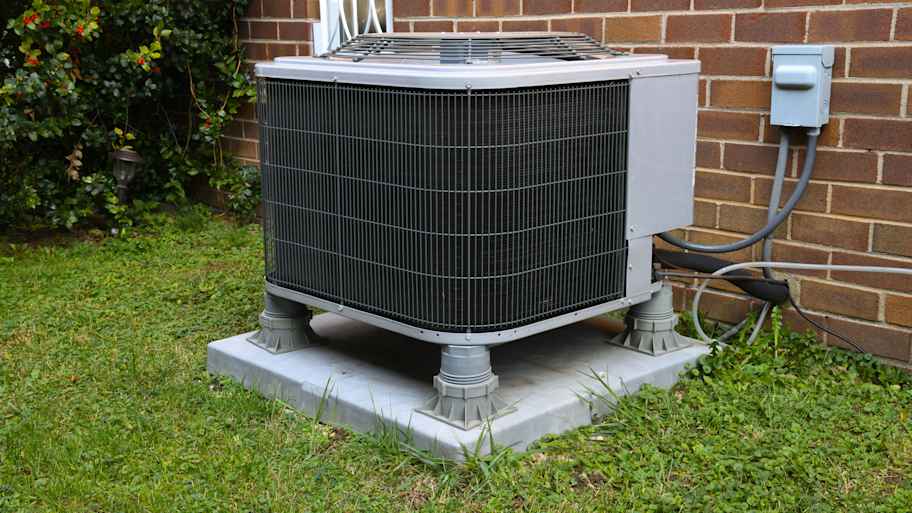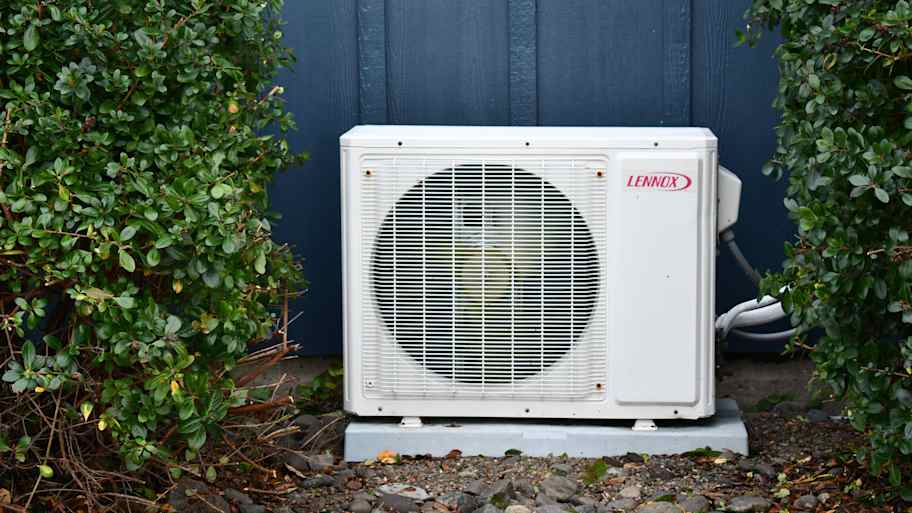
Springing for HVAC maintenance costs may seem like an extra—and easy-to-ignore—item on your checklist, but it will save you money in the long run.


CFM reflects the measurement of air moving through a space in one minute.
To calculate CFM, you need to know the volume of the space and your desired number of air changes per hour.
Your home's HVAC system must match its CFM requirements.
Once you know how to calculate CFM, you can make several other HVAC calculations to help maximize the efficiency of the system in your home. This CFM calculator helps you determine how much CFM your space needs based on its volume.
Technically, CFM stands for cubic feet per minute. A CFM measurement relates to the amount of air that moves through a room in your house. Room CFM varies depending on its volume.
Choosing a bathroom fan or selecting a ceiling fan is often a matter of deciding what CFM of air the product can move.
Once you know the volume of a room, you can calculate its CFM based on the number of times per hour you need to change the entire volume of air, which is referred to as ACH (air changes per hour). The average ACH among typical residential rooms is four.
The table below assumes a standard room height of eight feet and an ACH of four.
| Room Size (Square Feet) | CFM |
|---|---|
| 50 | 26.7 |
| 100 | 53.3 |
| 200 | 106.7 |
| 300 | 160 |
| 400 | 213.3 |
| 500 | 266.7 |
Calculating CFM for a single room only requires you to know its dimensions and your desired ACH.
CFM = Room Area (sq. ft.) x Ceiling Height (ft.) x ACH / 60
You can measure the volume of a simple, rectangle-shaped room by measuring, in feet, its length, width, and height. The length times the width equals its area, while multiplying the area by the height gives you its volume.
To measure the volume of rooms that aren't simple rectangle shapes, treat each section as its own space and add the values together for the room's total volume. For sloped ceilings or angled walls, use the average measurement across the room for your value.
Having a basic understanding of CFM and how it affects the air quality in your home is useful when reaching out to top HVAC technicians. While knowing how to make the calculations is one part of the equation, a local HVAC contractor also uses several other tools and methods to help maximize your system's efficiency.
From average costs to expert advice, get all the answers you need to get your job done.

Springing for HVAC maintenance costs may seem like an extra—and easy-to-ignore—item on your checklist, but it will save you money in the long run.

Inspections are an essential part of furnace maintenance. Prevent inconvenient breakdowns by budgeting for furnace inspection costs and repairs.

Factors such as labor and parts impact the final price of repairing a window AC unit. Learn all of the costs associated with window air conditioner repair.

You know filters, fans, and compressors, but do you know what a condensate drain line is? Discover how a small pipe safeguards your AC unit and home from major issues.

Mini split versus heat pump: which one to choose? Explore how these energy-smart HVAC systems stack up in cost, comfort, and efficiency.

Trying to choose between a MERV10 versus a MERV12 air filter? Compare filtration, airflow, and allergy protection to find the right fit for your home.